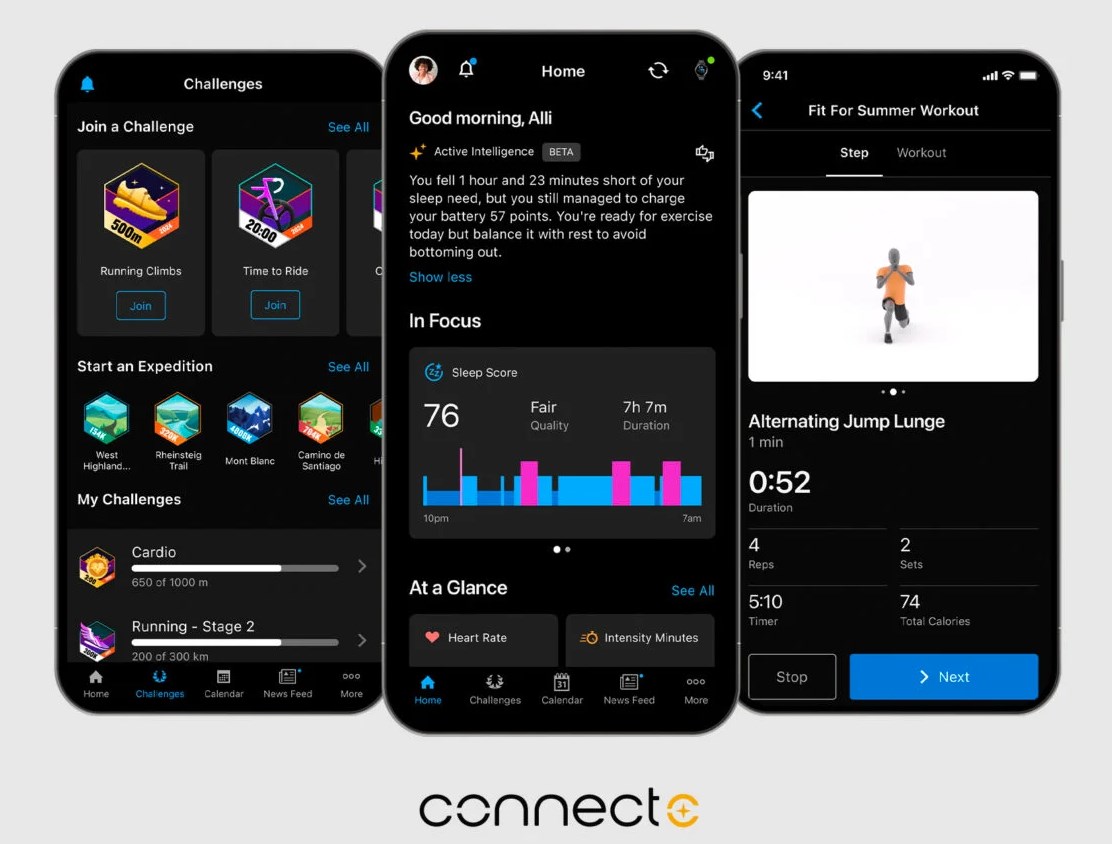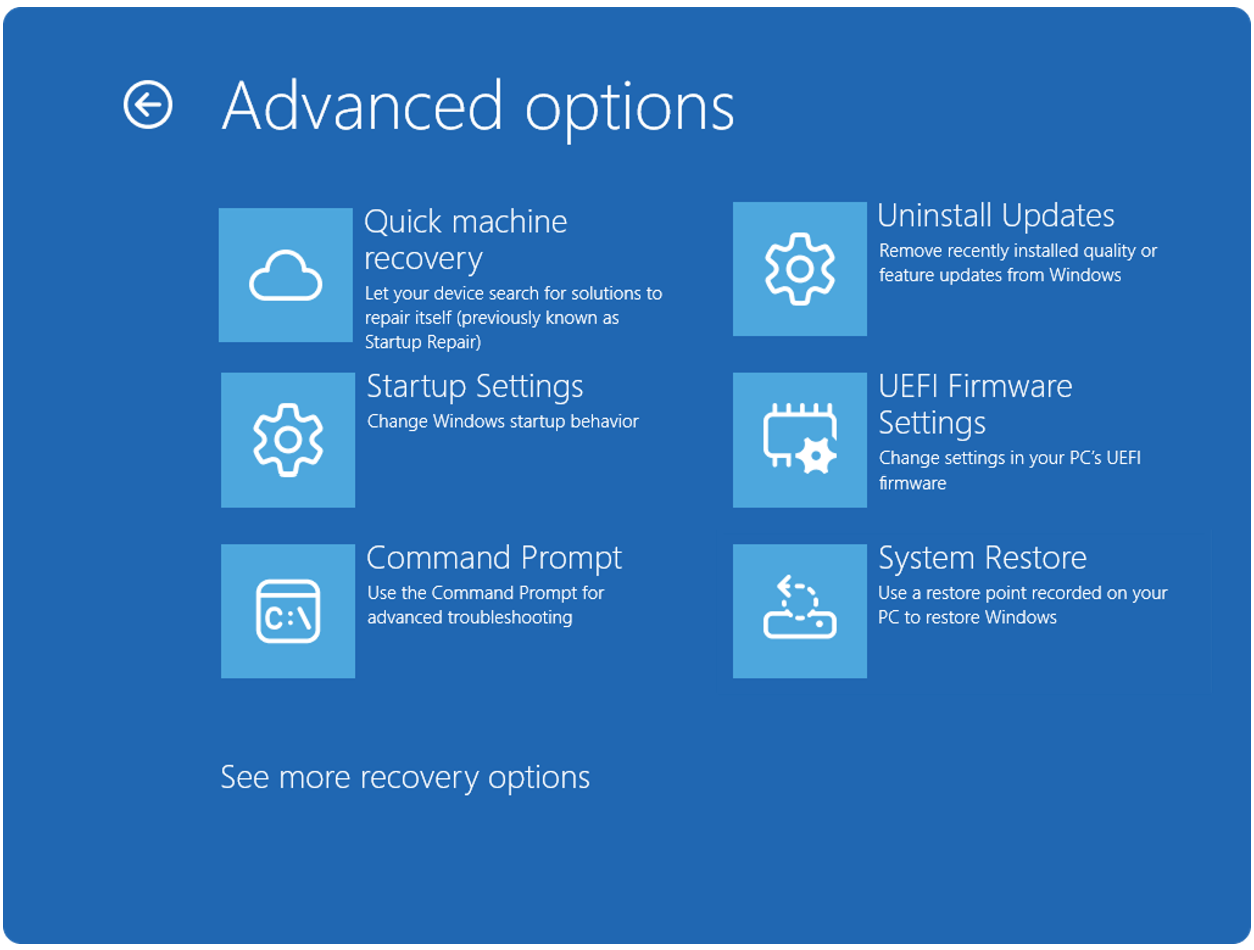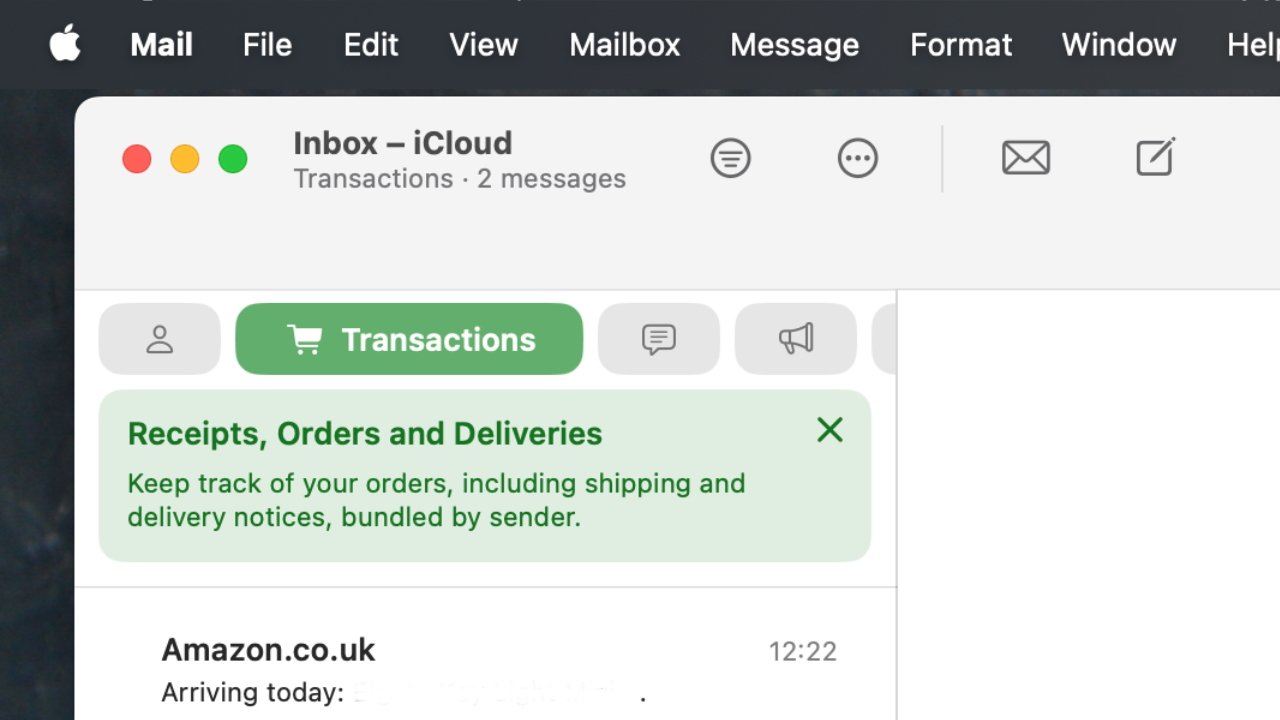What Modern Cloud Buyers Want in 2025: Rethinking Vendor Choice for SMBs and Startups:
A thorough investigation of how cloud goals have changed and what contemporary cloud providers are now expected of startups and SMBs. Cloud Adoption: A New Era The cloud in 2025 is about speed, control, and smarter scalability, not only infrastructure. Startups and small businesses seek more than basic processing. They want systems backed by genuine support, reasonably priced, and simple to use. Often, major cloud providers fall short; they tend to be too pricey, too complicated, and too inflexible. Many contemporary teams are therefore looking to substitutes with high performance, straightforward user experience, and consistent billing designed for quick moving companies. This article will look at what current cloud customers truly want and how vendors have to change to stay current. 2. Growing Pains: Why the Cloud Still Seems Out of Reach for Many SMBs While startups and small businesses may be driving innovation, major cloud providers typically overlook them. Though cloud technology has advanced significantly, these companies still face significant obstacles in choosing and implementing a cloud system. Let’s examine the most commonly experienced pain areas in 2025. Complexity Overload: Hyperscalers frequently provide hundreds of services, but most small teams lack the knowledge to negotiate them. The learning curve consumes developer time and postpones deployment. Between egress fees, tiered pricing, and geographical differences, SMBs find it difficult to forecast monthly expenses. Uncertainty like that can deter investors or hinder development. Some suppliers urge consumers into volume based discounts, demanding a commitment considerably beyond the usual launch horizon. Lack of Dedicated Support: Low priority ticket systems or generic help centers commonly funnel smaller companies. A company cannot afford to wait if service slows or fails. Limited IT personnel make infrastructure management, problem solving, and workload optimization more difficult for startups and small businesses. More developer-friendly clouds are becoming popular in this area. UpCloud and OVH Cloud, for instance, are made with these consumers in mind; they provide quick speed, elegant UI, and worldwide infrastructure free of typical overhead. Lean teams who have to fast and expand confidence find their emphasis on open pricing and real-time assistance appealing. Buyers will gravitate toward suppliers who eliminate friction rather than adding more as the cloud develops. That change is already underway. 3. From Accident to Strategy: The Growth of Multicloud: A few years back, most businesses found themselves in a multicloud configuration by accident. Different teams had various motivations for using various platforms one for storage, another for computation, and perhaps a third for analytics. It just happened; there was no strategy. Multicloud is deliberate in 2025. Now strategically combining suppliers to get flexibility, prevent lock in, and maximize their infrastructure are startups and SMBs. Every cloud has advantages; contemporary consumers are matching workloads to the platform that most suits the use case. Running artificial intelligence inference near users? Select a provider supporting regional GPUs. Have to keep client data in certain areas? Select suppliers with local data centers. Want a consistent billing experience for fundamental services? Choose a company recognized for open pricing. There are trade-offs with this updated approach. Managing data transfer expenses is one of the major difficulties in multicloud settings. Although data entrance is usually free, egress — sending data across clouds or to the internet can be costly and erratic. Buyers now examine not just the hourly rates but also the whole cost of transporting and storing data throughout their stack for this reason. In this context, providers with transparent pricing, reasonable egress costs, and developer-friendly APIs become perfect partners. Multicloud is here to stay; in brief, it only functions when the tools cooperate and the expenses are reasonable. 4. Artificial intelligence is changing cloud strategy. Every boardroom has been brought cloud infrastructure by generative artificial intelligence. Cloud increasingly supports strategic conversations on competitiveness, product innovation, and time to market rather than a backend worry for IT departments. AIpowered workloads from chatbots to predictive analytics demand a particular sort of infrastructure: Training and inference using GPU acceleration Large dataset highspeed storage Scalability of great computation Real-time applications benefit from low latency networking. Many of these artificial intelligence services, unlike conventional web apps, are burst oriented — that is, they require a rush of resources for brief durations, which renders on prem infrastructure unfeasible for most SMBs. IDC estimates that by 2025, 70% of companies

A thorough investigation of how cloud goals have changed and what contemporary cloud providers are now expected of startups and SMBs.
Cloud Adoption: A New Era
The cloud in 2025 is about speed, control, and smarter scalability, not only infrastructure. Startups and small businesses seek more than basic processing. They want systems backed by genuine support, reasonably priced, and simple to use.
Often, major cloud providers fall short; they tend to be too pricey, too complicated, and too inflexible. Many contemporary teams are therefore looking to substitutes with high performance, straightforward user experience, and consistent billing designed for quick moving companies.
This article will look at what current cloud customers truly want and how vendors have to change to stay current.
2. Growing Pains: Why the Cloud Still Seems Out of Reach for Many SMBs
While startups and small businesses may be driving innovation, major cloud providers typically overlook them. Though cloud technology has advanced significantly, these companies still face significant obstacles in choosing and implementing a cloud system.
Let’s examine the most commonly experienced pain areas in 2025.
- Complexity Overload: Hyperscalers frequently provide hundreds of services, but most small teams lack the knowledge to negotiate them. The learning curve consumes developer time and postpones deployment.
- Between egress fees, tiered pricing, and geographical differences, SMBs find it difficult to forecast monthly expenses. Uncertainty like that can deter investors or hinder development.
- Some suppliers urge consumers into volume based discounts, demanding a commitment considerably beyond the usual launch horizon.
- Lack of Dedicated Support: Low priority ticket systems or generic help centers commonly funnel smaller companies. A company cannot afford to wait if service slows or fails.
- Limited IT personnel make infrastructure management, problem solving, and workload optimization more difficult for startups and small businesses.
More developer-friendly clouds are becoming popular in this area. UpCloud and OVH Cloud, for instance, are made with these consumers in mind; they provide quick speed, elegant UI, and worldwide infrastructure free of typical overhead. Lean teams who have to fast and expand confidence find their emphasis on open pricing and real-time assistance appealing.
Buyers will gravitate toward suppliers who eliminate friction rather than adding more as the cloud develops. That change is already underway.
3. From Accident to Strategy: The Growth of Multicloud:
A few years back, most businesses found themselves in a multicloud configuration by accident. Different teams had various motivations for using various platforms one for storage, another for computation, and perhaps a third for analytics. It just happened; there was no strategy.
Multicloud is deliberate in 2025.
Now strategically combining suppliers to get flexibility, prevent lock in, and maximize their infrastructure are startups and SMBs. Every cloud has advantages; contemporary consumers are matching workloads to the platform that most suits the use case.
- Running artificial intelligence inference near users? Select a provider supporting regional GPUs.
- Have to keep client data in certain areas? Select suppliers with local data centers.
- Want a consistent billing experience for fundamental services? Choose a company recognized for open pricing.
There are trade-offs with this updated approach. Managing data transfer expenses is one of the major difficulties in multicloud settings. Although data entrance is usually free, egress — sending data across clouds or to the internet can be costly and erratic.
Buyers now examine not just the hourly rates but also the whole cost of transporting and storing data throughout their stack for this reason.
In this context, providers with transparent pricing, reasonable egress costs, and developer-friendly APIs become perfect partners. Multicloud is here to stay; in brief, it only functions when the tools cooperate and the expenses are reasonable.
4. Artificial intelligence is changing cloud strategy.
Every boardroom has been brought cloud infrastructure by generative artificial intelligence. Cloud increasingly supports strategic conversations on competitiveness, product innovation, and time to market rather than a backend worry for IT departments.
AIpowered workloads from chatbots to predictive analytics demand a particular sort of infrastructure:
- Training and inference using GPU acceleration
- Large dataset highspeed storage
- Scalability of great computation
- Real-time applications benefit from low latency networking.
Many of these artificial intelligence services, unlike conventional web apps, are burst oriented — that is, they require a rush of resources for brief durations, which renders on prem infrastructure unfeasible for most SMBs.
IDC estimates that by 2025, 70% of companies will create strategic alliances with cloud providers for infrastructure and AI tools. Startups and expanding companies looking for cloud native solutions able to provide AI performance without significant upfront expense are already showing that trend.
What does this imply for suppliers? Those cloud providers with pricing structures encouraging experimentation, quick provisioning, and AIready settings will prevail.
Though not a specific artificial intelligence platform, companies like UpCloud are perfect starting points for particular AI workloads, particularly for startups developing early stage products requiring high speed computing and quick disk I/O without the complexities of hyperscale systems. Performance oriented systems can provide a genuine advantage when every millisecond counts in training loops or real time analysis.
5. The 2025 Buyer Checklist: What Really Drives Vendor Decisions:
Cloud purchasers in 2025 are not seeking “features”; rather, they are seeking operational transparency, cost control, and efficiency.
The decision making process now focuses on particularities including:
- Predictable forecasting flat rate pricing: Engineers and CFOs both tire of erratic egress fees and metered bandwidth. A team is hindered if it cannot forecast monthly infrastructure expenses within 10%.
- Minimal time to deploy actual workloads: Startups are not judging cloud platforms on landing pages. They’re measuring the time from signup to production. For instance, UpCloud reduced that configuration substantially, particularly for programs where latency or speed is important since they provide quick provisioning and high IOPS storage.
- Support that unblocks, not simply reacts: A founder introducing a new product doesn’t have time to diagnose random billing problems or network faults through sluggish help queues. They want a platform that answers the phone (or responds via chat) and resolves it. For many small teams, UpCloud’s actual time assistance has set it apart.
- Tools for developers that complement their stack: Infrastructure as code is the default, not a trend. Now, customers want integrated, seamless CLI processes, Terraform modules, and complete API access.
- Default-on security: Data location choices, private networking, and encryption at rest are not luxury extras; rather, they are dealbreakers if missing.
6. What Startups Are Declining in Cloud Platforms:
The change is just as much about what consumers don’t want:
- No more vendor lock in masquerading as “loyalty pricing”: You are out if you are only competitive at scale or under 12 month commitments. Buyers seek flexible charging free of long-term constraints.
- No more negotiating 200 services to launch a basic app: Many hyperscale systems are bloated with specialized services that increase complexity. A developer creating a SaaS MVP doesn’t want three dashboards only to link a database.
- No more multi tiered support gates based on tokens. Being informed you are “not eligible” for a support channel until you upgrade to enterprise kills trust. Startups need assistance that shows need rather than account tier.
- Teams desire constant disk speed, boot times, and networking not a guessing game based on availability zones; no more unexpected performance.
Especially in the early phases of expansion, when time and attention are the most constrained resources, the 2025 cloud buyer has no tolerance for friction.
7. What Cloud Vendors Have to Build to Remain Relevant:
Today’s consumers are investing in an execution partner, not selecting a platform. Vendors must provide more than just storage and computing if they are to survive in this new reality.
They must:
- Design for “small team speed”: Fast expanding companies don’t want enterprise grade everything they want infrastructure that scales as they go, without adding procedures. For instance, UpCloud’s one-click provisioning appeals to teams who would rather go quickly than remain in setup mode.
- Design for cost predictability, not only affordability: Complex billing APIs and 20 line invoices hinder expansion. Pricing calculators should be realistic. UpCloud’s transparent pricing approach lets businesses accurately plan infrastructure much like they do payroll or software licenses.
- Nobody wants to go through community forums to learn how to spin up a Kubernetes node; invest on product education and onboarding instead. Smart vendors increasingly send papers, beginning templates, and onboarding routes that address practical use cases.
- A firm catering to healthcare customers in Germany has to follow tight local laws and require EU based data centres. A Singaporean fintech team may require Southeast Asia latency guarantees.
Vendors who remain lean, developer-oriented, and geographically spread are getting more of these contracts every month.
8. Conclusion: Cloud Is About Fit, Not Scale
Cloud purchasers in 2025 are selecting partners who enable them to accelerate, maintain control, and expand without friction as well as infrastructure. Startups and small businesses want genuine performance, transparent pricing, and assistance that does not belittle them.
The cloud providers that win today aren’t always the largest; rather, they are those who grasp what lean, ambitious teams require. Among such providers, UpCloud provides a quick, open, developer-friendly platform developed for contemporary, distributed workloads.
Cloud usage will only increase buyer expectations. Platforms that eliminate complexity, give usability top priority, and let companies scale not after will own the future.








































































![Apple's M5 iPad Pro Enters Advanced Testing for 2025 Launch [Gurman]](https://www.iclarified.com/images/news/96865/96865/96865-640.jpg)










































































































_Borka_Kiss_Alamy.jpg?#)








































































![[The AI Show Episode 141]: Road to AGI (and Beyond) #1 — The AI Timeline is Accelerating](https://www.marketingaiinstitute.com/hubfs/ep%20141.1.png)
![[The AI Show Episode 140]: New AGI Warnings, OpenAI Suggests Government Policy, Sam Altman Teases Creative Writing Model, Claude Web Search & Apple’s AI Woes](https://www.marketingaiinstitute.com/hubfs/ep%20140%20cover.png)
![[The AI Show Episode 139]: The Government Knows AGI Is Coming, Superintelligence Strategy, OpenAI’s $20,000 Per Month Agents & Top 100 Gen AI Apps](https://www.marketingaiinstitute.com/hubfs/ep%20139%20cover-2.png)






























































































































![From broke musician to working dev. How college drop-out Ryan Furrer taught himself to code [Podcast #166]](https://cdn.hashnode.com/res/hashnode/image/upload/v1743189826063/2080cde4-6fc0-46fb-b98d-b3d59841e8c4.png?#)




























.jpg?width=1920&height=1920&fit=bounds&quality=80&format=jpg&auto=webp#)


OSAMU-NAKAMURA.jpg?width=1920&height=1920&fit=bounds&quality=80&format=jpg&auto=webp#)






.png?#)






















































